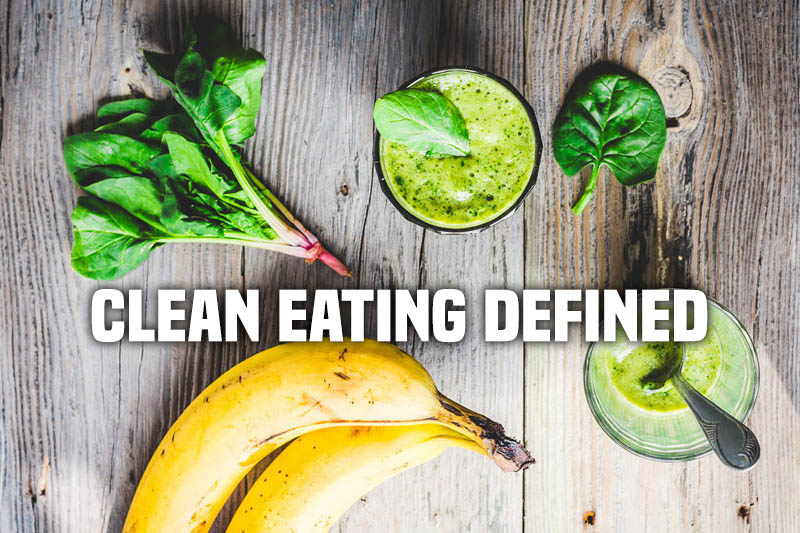We’re hearing more about clean eating, but what is it? What does it mean when Panera says “100% of our food is 100% clean?” Although a lack of understanding exists, clean eating is growing in popularity as people seek to improve their health. Different resources may provide slightly varying definitions and rules of clean eating, but the following represents a compilation from several sources, such as the Mayo Clinic, Eating Well, Fitness and The Complete Idiot’s Guide to Eating Clean.
According to Cooking Light, clean eating began in the 1960s, when the natural health food movement shunned processed foods due to moral and societal values – as opposed to health and nutrition issues. Today, Clean Eating magazine reports that this is not a diet, but a lifestyle of eating food in its most natural state and avoiding refined and processed foods – mainly for health benefits. While this is a simple concept, it can be challenging to implement now, when modern food production is sophisticated and complicated.
Processed foods are those that contain additives such as salt, sugar, fat and vitamins; along with natural foods that have been changed into a different form – like apples becoming applesauce. And any food with ingredients made in a lab is obviously considered processed.
Packaged in boxes, bags or cans, processed foods aren’t all necessarily bad, such as pasteurized milk or instant oatmeal, but generally aren’t considered the best choices when compared to foods such as fruits and vegetables in their natural state. Ultra-processed food, such as doughnuts, are deemed worse, as some contain genetically modified organisms (GMOs) that have been linked to cancer and infertility, or have been stripped of their nutrients.
Refined foods are similar to processed in that they have been altered from their original state, such as when the bran and germ are removed from a whole grain to make bread. Again, refined doesn’t equate to bad, but it’s certainly not best.
Basically, clean eating advocates eating fresh foods in their natural state, which has also been associated with reduced rates of cardiovascular disease, high blood pressure, diabetes and obesity, as well as other health benefits. In addition to fresh fruit and vegetables, this includes fresh fish, farm-fresh eggs, nuts and dried legumes.
Minimally processed food that can be part of a clean eating diet includes frozen fruits and veggies; unrefined grains such as whole wheat bread and pasta, brown rice and quinoa; unprocessed meat; hormone-free dairy products and oils. Organic and pesticide-free choices are preferable.
Saturated fats should be reduced with healthy swaps, such as nuts on a salad versus cheese and avocado on a sandwich versus mayonnaise.
Clean foods should have minimal ingredients, if they have a label at all, and shouldn’t include food with additives and chemicals that you don’t recognize. You’ll find these choices in the perimeter of the grocery store, where fruit, vegetables, meats, dairy and other fresh food selections are located.
And foods don’t all have to be eaten raw. Clean eating emphasizes steaming and stir-frying over deep frying or stewing in fats.
As for beverages, specialty coffees and soft drinks are loaded with sugar, so choose water or unsweetened tea instead, or skim milk or 100 percent fruit juice diluted with sparkling water.
Clean eating advocates recommend eating five to six small meals throughout the day, which helps keep blood sugar levels steady and minimizes overeating or skipping meals. Eat at home more often than eating out, where you can better control your choices, bring your lunch to work and pack healthy snacks and water when you are on the go to avoid packaged foods.



Post your comment